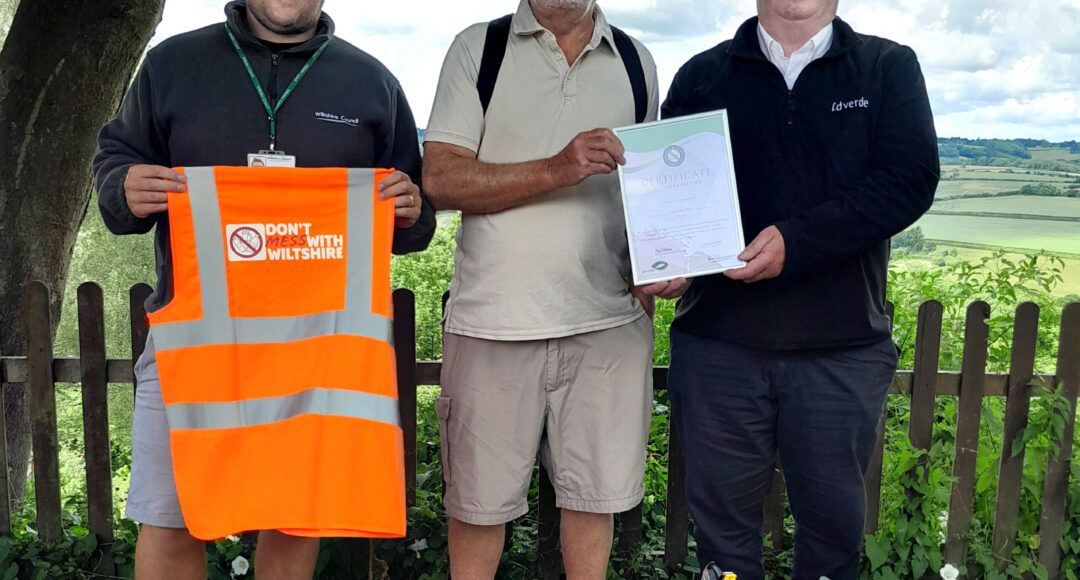As technology continues to develop and assist our day-to-day lives, Angus Lindsay discusses the benefits and potential setbacks that these advances may bring.
So, 2020 – a new decade, one in which we will probably see the greatest advances yet in technology, renewable power and, hopefully, the tide turn on global warming. I envisage more electric and autonomous vehicles and machines in use, as well as a shift in the way that grounds are being maintained, with an increase in ‘little and often’ or ‘as and when required’ approaches.
Going forward, we will have to trust the technology and embrace the changes it brings. We may not like them and struggle to understand how these new-fangled ideas are better than the way it was, but that’s progress. In some cases, progress requires a radical change from the norm, something which may not always be popular.
As a land-based industry heavily reliant on people and practical skills, we are susceptible to a slowly eroding skill base in a sector which may not be in people’s top five career choices.
I have mentioned in several past articles that we are facing a skills shortage in our sector. Be it for cutting the grass, servicing the machine that cuts the grass, managing the contract or specifying the work to be done and the equipment to be used – these skills seem to be on the endangered species list.
So, can technology help? You would like to think so if applied correctly, and if it utilises the knowledge and skills learnt from years in the industry to give us suitable and applicable alternatives. Otherwise, it will be just another gimmick.
Just like a machine where all the individual components work in harmony to achieve an end result, we need to use technology to enhance the productivity of our workforce. This could be through utlising real-time tracking technology to address tasks quickly and succeed first time, or through implementing relevant preventative maintenance regimes by monitoring locations in relation to their footfall and actual requirements, rather than using outdated maintenance regimes.
Many other land-based industries have already made significant inroads in the use of technology to replace people where there has been a loss of skills. I have mentioned several examples in the past, ranging from robotic tractors to drones for land use monitoring. We shouldn’t be afraid of this change; what we should be wary of is learning from past experiences, both good and bad, and not reach a point where we are totally reliant or dependant on technology to solve our problems. Like everyone and everything, it needs to learn and adapt.
More and more, the software we use learns from us: the satnav which knows how to get home again, the digital assistant knows your favourite songs and what your diary looks like, or your smartphone, which in some cases seems to have a mind of its own. The time will come when this technology will tell you when to cut the grass, water the flowers, aerate the grass or prune the hedge, so what will we be doing?
Original Source: www.prolandscaper.co.uk


